Introduction
Slow cooking ribs in the oven is a simple, reliable method to achieve tender, flavorful ribs without specialized equipment. This step-by-step guide provides precise temperatures, exact spice measurements, and pro tips for perfect results every time—whether you're a beginner or experienced cook.
How to Slow Cook Ribs in the Oven: Step-by-Step Guide
Follow these precise steps for fall-off-the-bone ribs with minimal effort:
Step 1: Prepare the Ribs
- Remove the membrane from the bone side of the ribs for better seasoning penetration.
- Pat ribs dry with paper towels for better spice adhesion.
Step 2: Make the Spice Rub
- Combine 2 tbsp paprika, 1 tbsp brown sugar, 1 tsp garlic powder, 1 tsp onion powder, 1/2 tsp smoked paprika, 1/2 tsp salt, 1/4 tsp black pepper, and pinch of cayenne (optional).
- Generously coat ribs with rub on all sides, pressing into the meat.
Step 3: Preheat and Cook
- Preheat oven to 275°F (135°C) for optimal low-and-slow cooking.
- Place ribs on a wire rack over a foil-lined baking sheet (or roasting pan).
- Cover tightly with aluminum foil to retain moisture.
- Bake for 2.5 hours (baby back ribs) or 3 hours (spare ribs).
Step 4: Check Doneness
- Use a meat thermometer to confirm internal temperature reached 190°F (88°C).
- Meat should pull back from bones by 1/4 inch and bend easily when lifted with tongs.
Step 5: Finish with Sauce
- Remove foil, brush with barbecue sauce.
- Return to oven for 10-15 minutes to caramelize sauce.
- Let rest 10 minutes before serving for juicier results.
Pro Tips for Perfect Oven-Ribs
- Choose the right ribs: Baby back ribs cook faster (2-2.5 hours); spare ribs need 3+ hours for maximum tenderness.
- Never skip the thermometer: Internal temperature of 190°F ensures perfect doneness without overcooking.
- Use a wire rack: Elevates ribs for even heat circulation and prevents soggy bottoms.
- Double-wrap foil: Prevents leaks and maintains consistent moisture during cooking.
- Broil for crust: For extra caramelization, broil 2-3 minutes after saucing (watch closely to avoid burning).
Essential Tools for Oven-Ribs Success
| Tool | Why It Matters | Key Features to Look For |
|---|---|---|
| Wire Rack | Ensures even heat circulation and prevents steaming | Stainless steel, fits standard baking sheets |
| Meat Thermometer | Prevents under/overcooking | Instant-read digital with probe (accuracy ±1°F) |
| Heavy-Duty Foil | Traps moisture without sticking | 18-inch width, extra-thick (0.5 mil+) |
| Barbecue Sauce | Enhances flavor and creates caramelized crust | Smoke-flavored or Kansas City-style for balanced sweetness |
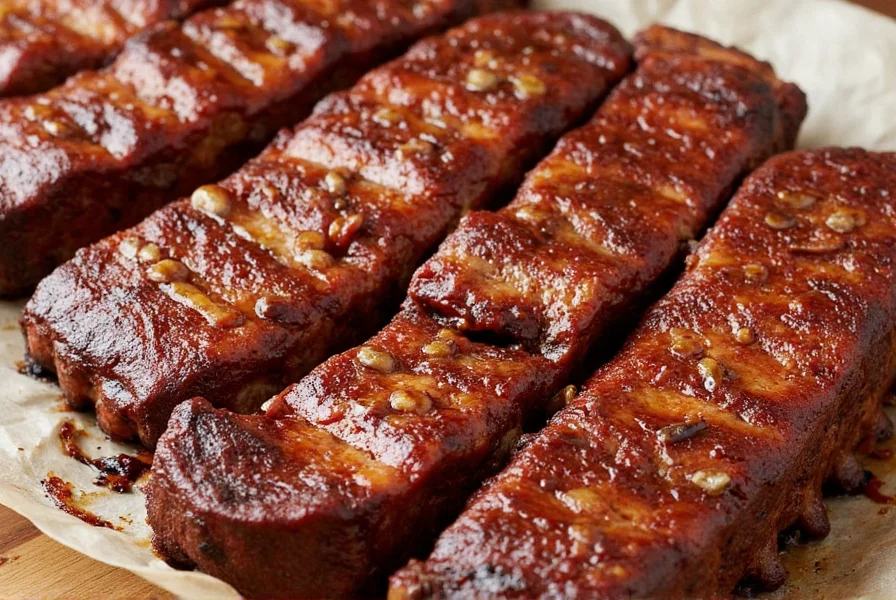
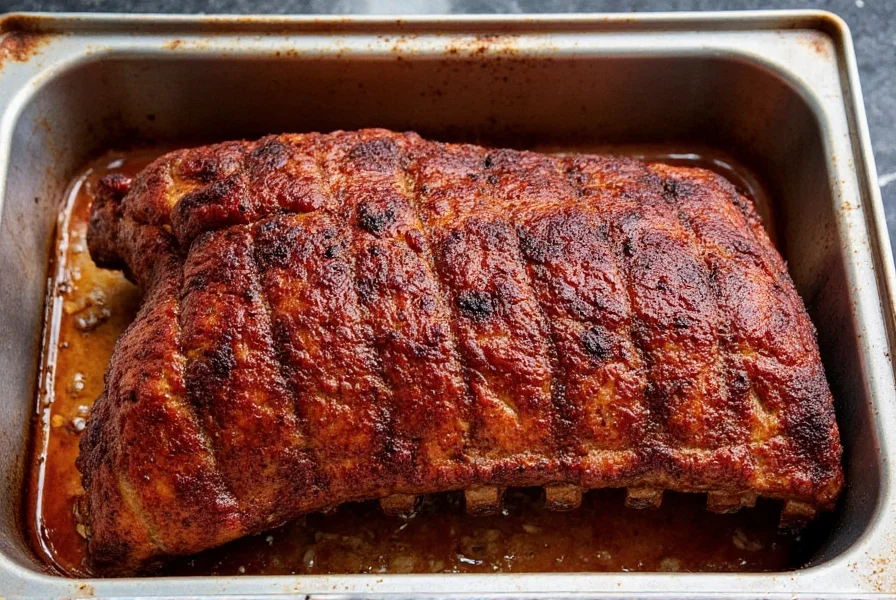
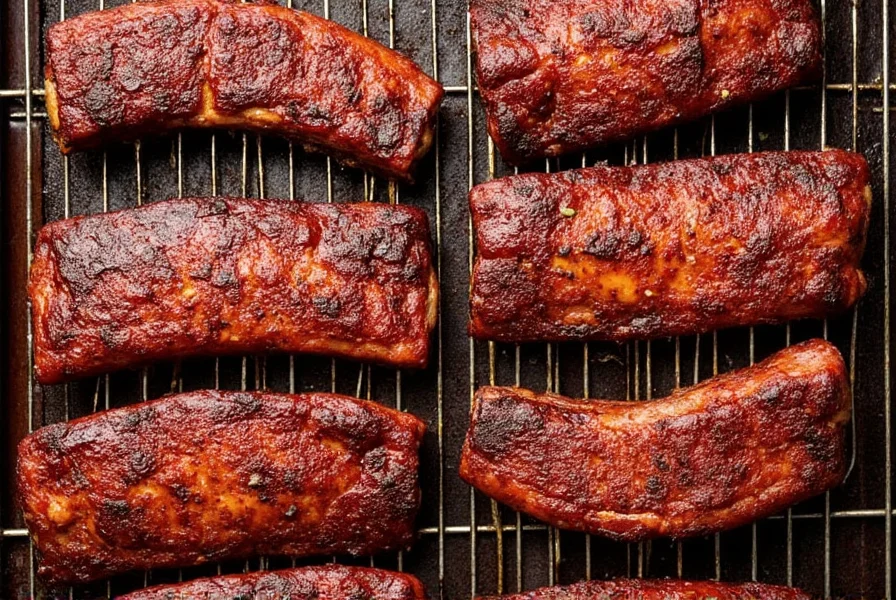
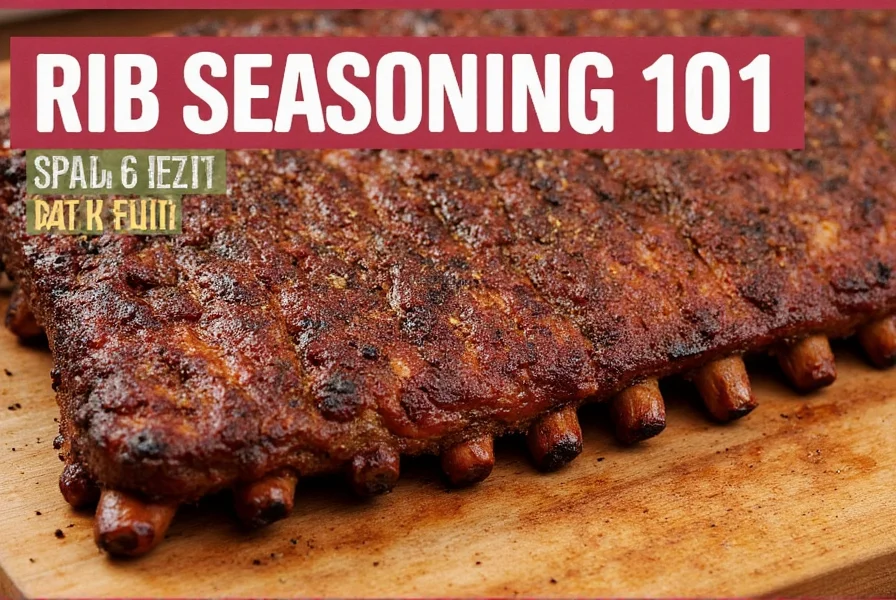
Frequently Asked Questions
How long does it take to slow cook ribs in the oven?
Baby back ribs: 2-2.5 hours at 275°F. Spare ribs: 3-3.5 hours. Always verify doneness with a meat thermometer (190°F internal temperature).
Should I wrap ribs in foil when slow cooking in the oven?
Yes. Wrap tightly in foil for the first 2-3 hours to retain moisture and speed up tenderizing. Remove foil for the last 10-15 minutes to caramelize sauce.
What's the best temperature for slow cooking ribs in the oven?
275°F (135°C) is ideal. Lower temperatures (225°F) require longer cooking but may dry out ribs. Higher temperatures (300°F+) risk toughening the meat.
How do I know when slow-cooked ribs are done?
Internal temperature must reach 190°F. Visually: meat pulls back 1/4 inch from bones, bends easily when lifted with tongs, and feels tender but not mushy when pressed.
Can I use a regular baking sheet instead of a roasting pan?
Yes. Line baking sheet with foil, place wire rack on top, and position ribs on rack. Use a second sheet pan underneath to catch drippings for easy cleanup.
Do I need to add liquid when slow cooking ribs in the oven?
No—foil trapping moisture makes liquid unnecessary. If not using foil, add 1/2 cup apple juice or broth to the pan to prevent drying.
Conclusion
Slow cooking ribs in the oven delivers restaurant-quality results with minimal effort. By following precise temperatures, exact spice measurements, and using the right tools, you'll consistently achieve tender, flavorful ribs that impress every time. Remember: thermometer accuracy and proper resting time are the secrets to perfection.

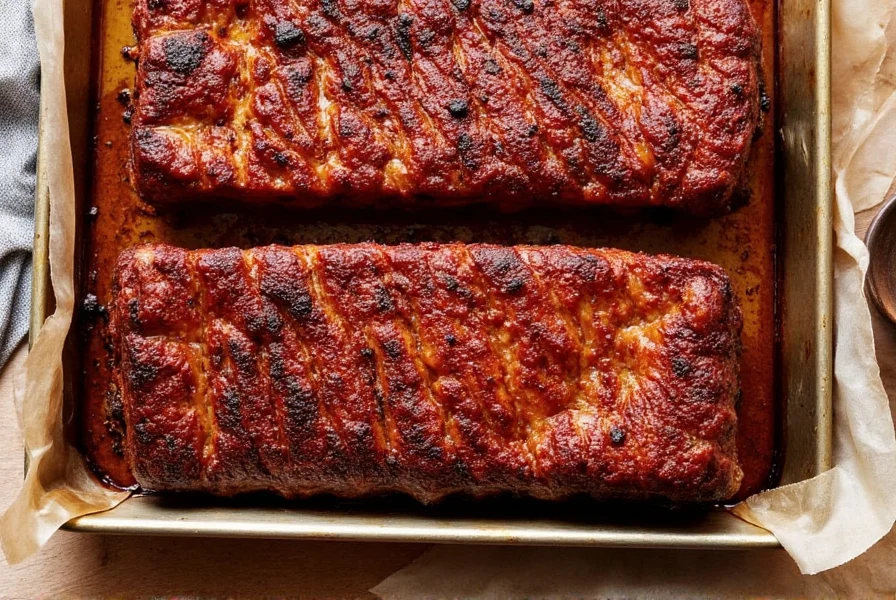









 浙公网安备
33010002000092号
浙公网安备
33010002000092号 浙B2-20120091-4
浙B2-20120091-4